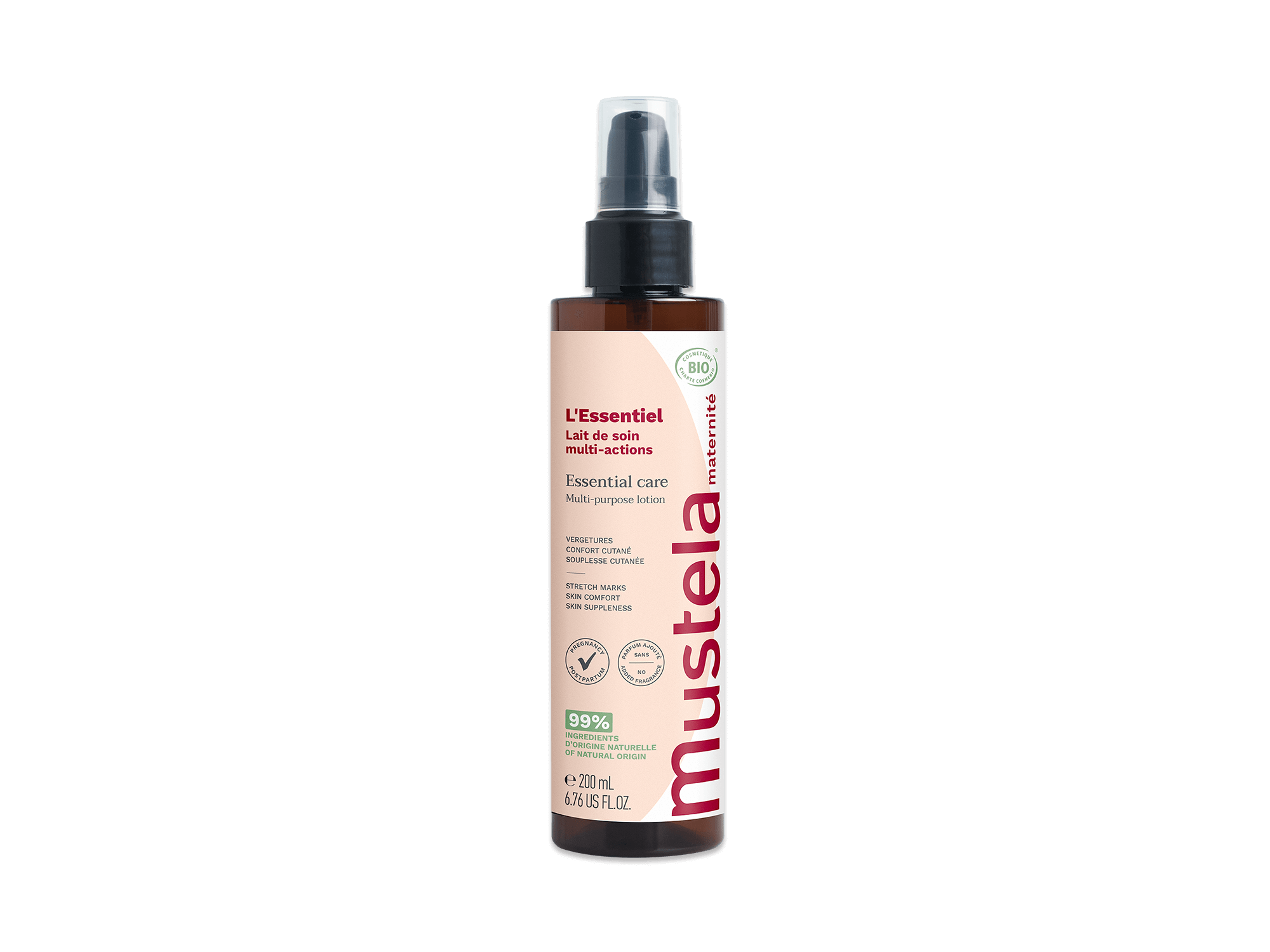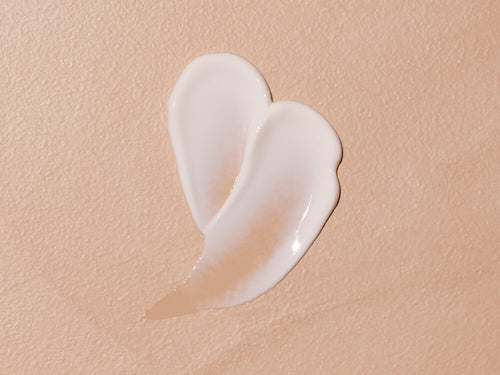Embarking on the journey of pregnancy is both exhilarating and transformative. As you navigate through this incredible experience, understanding the stages of pregnancy by month can provide valuable insights into your baby’s development and the changes your body will undergo.
This guide aims to demystify the pregnancy timeline, offering a month-by-month breakdown of what you can expect. From the magical moment you discover you’re expecting to the first twinge of a contraction, each month brings unique milestones and adjustments.
Let’s explore them together.
Pregnancy By Month: 1st Trimester

Pregnancy is broken into three trimesters, with each one lasting approximately three months. The first trimester is crucial for fetal development as your baby’s organs and body systems begin to form.
Month 1
Doctors count the first day of your last menstrual cycle as the official start of your pregnancy, even though conception typically occurs two weeks later. This means you likely don’t even realize you’re expecting yet.
Baby Development
Within hours of conception, fertilization occurs, sparking a period of rapid cell division as the fertilized egg travels down the fallopian tube and implants into the uterine lining, where it’ll grow and develop.
Body Changes
You won’t notice many changes happening this month, but as your uterine lining thickens to support the growing embryo, you may experience mild cramping or spotting. Some women mistake this for a period.
As your hormones surge, you may feel more tired than usual. You may also experience breast tenderness, bloating, and mood swings towards the end of the month.
Month 2
This is when many women take a pregnancy test and confirm their suspicions. You’ll want to schedule your first prenatal appointment with your healthcare provider.
Baby Development
By the end of the second month, your baby is about the size of a kidney bean and has a beating heart. Major organs, such as the brain, spinal cord, and digestive system, are starting to form, as are your little one’s facial features.
Body Changes
You’ll likely experience early pregnancy symptoms this month, including:
- Nausea (morning sickness)
- A heightened sense of smell (and an aversion to strong odors)
- Mood swings
- Fatigue
Month 3
At the beginning of this month, your developing baby officially becomes a fetus. They’ve completed the germinal and embryonic stages of development.
Baby Development
By the time your first trimester ends, your baby will have all their organs and body systems in place. Their limbs are fully formed and beginning to move around, though you can’t feel their tiny kicks and punches just yet.
Body Changes
You may notice some new symptoms during month three, such as an insatiable appetite or food cravings. Due to your expanding uterus, you may feel bloated and have a harder time buttoning your favorite jeans.
Morning sickness may also persist, though some women begin to find relief toward the end of this month.
Pregnancy By Month: 2nd Trimester

Your second trimester includes months four, five, and six. For many women, this is the most enjoyable trimeter as early pregnancy symptoms often subside, and they start to feel more like themselves again.
During this trimester, you’ll continue to have monthly prenatal checkups. It’s important to continue taking your prenatal vitamins and stay hydrated.
Month 4
Many women officially announce their pregnancy to friends, family, and coworkers at the beginning of their second trimester. By now, your baby bump may be starting to show, and your risk of having a miscarriage drops.
Baby Development
At the start of month four, your baby is about the size of a lemon. Their hair is growing, and they may start sucking their thumb.
Body Changes
As your baby bump grows, you may experience stretch marks. You’ll want to start applying Stretch Marks Cream as soon as you notice them. This cream nourishes and moisturizes your skin and can help minimize the appearance of stretch marks.
You may also experience a pesky post-nasal drip, sensitive gums, and constipation. If any of your pregnancy symptoms are severe, talk to your doctor about them.
Month 5
Your provider may have you schedule an anatomy scan during month five of your pregnancy. This ultrasound will check for abnormalities and give you a glimpse of your baby’s development and size. You’ll also be able to peek at your baby’s sex if desired.
Baby Development
This month marks an exciting milestone for many moms-to-be. They feel their baby kick for the first time in an event known as quickening.
Your baby also grows more hair, and their skin produces a protective coating called vernix caseosa. This waxy substance helps protect your baby’s skin in the amniotic fluid.
Body Changes
As your belly grows, you may experience backaches and shortness of breath. Practicing good posture and taking breaks as needed throughout the day is essential.
As your body prepares for labor, you may also experience Braxton Hicks contractions — false labor pains that can feel like mild menstrual cramps.
Month 6
While your baby is still growing and developing, recent studies show that 78% of babies born during month six of pregnancy survive. This may bring you peace of mind, especially if you’re feeling anxious about preterm labor.
Baby Development
Your baby’s senses are developing rapidly this month. They can now hear your voice and other loud sounds outside the womb. They’re learning how to open their eyes and kicking with more force.
Body Changes
Hormonal changes may be wreaking havoc on your skin. You may notice dry, itchy patches or darker patches of skin on your face or belly. Keeping your skin hydrated is crucial, so you’ll want to have Stretch Marks Oil on hand to apply daily.
Pregnancy By Month: 3rd Trimester

You’re in the home stretch! The third trimester marks the final and most exciting phase of pregnancy. Each week that passes brings you closer to meeting your little one.
Month 7
At this point in your pregnancy, you’ll get to see your healthcare provider more frequently. You’ll typically go in every two weeks between now and week 36. Then, you’ll have weekly appointments.
Baby Development
Your baby is starting to get chunky! Their body is beginning to store fat deposits, which will help them regulate their body temperature once they’re born.
Their lungs are also developing, preparing for the first air breath after birth. They can now produce surfactant, which helps the air sacs in their lungs stay open and prevents them from collapsing.
Body Changes
Don’t be surprised if you have to visit the bathroom frequently. Your growing baby puts a lot of pressure on your bladder.
You may also need to change your eating habits during this final phase of pregnancy. Many women find that smaller, more frequent meals can help prevent heartburn and indigestion.
Month 8
You’re almost there, and your emotions may be all over the place. Mood swings often ramp up during the final months of pregnancy, especially if you’re having trouble sleeping.
Baby Development
Your baby’s brain development accelerates during this month with the formation of gyri and sulci (which increase the brain’s surface area and help promote cognitive ability.) They’re also gaining more fat and continuing to grow in length.
Body Changes
If you feel like you’re tossing and turning all night, you’re not alone. Most women experience sleep disturbances this month due to physical discomfort and hormonal changes. You may even start snoring — even if you’ve never done so before.
You may also notice an increase in Braxton Hicks contractions. Be sure to talk to your doctor about labor and create your birth plan.
Month 9
The countdown is on! But don’t be surprised if these last few weeks of pregnancy seem to last forever. The combination of wanting to meet your baby and the physical discomfort can make time feel slow.
Baby Development
Your baby is getting ready for life outside of the womb. They may drop down in your pelvis and engage their head in preparation for birth. This leaves them with less room to move, so you may notice more rolls and stretches instead of the kicks and punches you’ve grown accustomed to.
Body Changes
As your due date approaches, you’ll want to start monitoring your body closely for signs of labor. You may fear birth, but it’s important to stay positive and focus on the excitement of meeting your baby.
This month, you may notice your breasts leaking and more intense Braxton Hicks contractions.
Pamper Yourself Throughout Your Pregnancy With Mustela

We hope this pregnancy-by-month guide has given you a better understanding of what to expect during each stage of your pregnancy journey.
As your body changes to accommodate your growing baby, it’s important to pamper yourself. Mustela offers a range of specialized skincare products designed specifically for mothers.
From Stretch Marks Serum to Organic Nursing Comfort Balm, we have what you need to care for your skin throughout pregnancy and beyond!



















